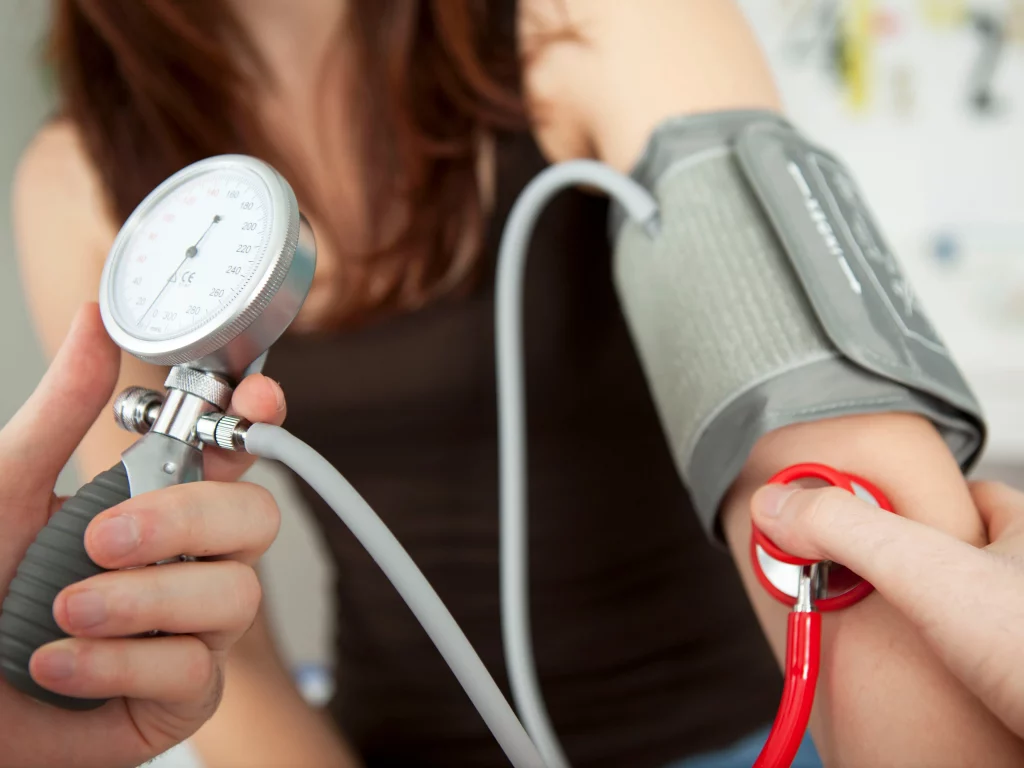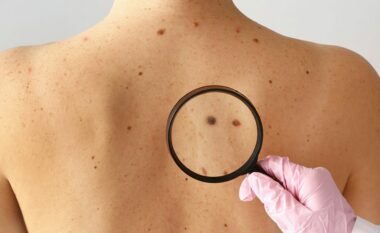Understanding your blood pressure numbers , what is hypertension and hypotension , symptoms and treatment
Blood pressure plays a crucial role in maintaining overall health and well-being. When blood pressure deviates from the normal range, it can lead to two distinct conditions: hypertension (high blood pressure) and hypotension (low blood pressure).

In this article, we will explore the intricacies of these conditions, including their symptoms, potential causes, methods of diagnosis, and various treatment options available to manage blood pressure effectively and maintain optimal health.
- Hypertension: The Silent Killer Hypertension refers to chronically elevated blood pressure levels, typically defined as having a systolic pressure of 130 mmHg or higher and/or a diastolic pressure of 80 mmHg or higher. It is often referred to as the “silent killer” because it typically presents no symptoms in its early stages. If left untreated, hypertension can lead to serious complications such as heart disease, stroke, and kidney problems.
- Causes and Risk Factors: Hypertension can be influenced by several factors, including genetics, lifestyle choices, underlying medical conditions (e.g., obesity, diabetes), age, and certain medications. Unhealthy diet, sedentary lifestyle, tobacco use, and excessive alcohol consumption can also contribute to the development of hypertension.
- Symptoms: Hypertension is largely asymptomatic, which is why it often goes undiagnosed. In some cases, individuals may experience headaches, dizziness, shortness of breath, or nosebleeds, but these symptoms are not exclusive to hypertension and can be associated with other conditions as well.
- Diagnosis and Treatment: Diagnosis of hypertension involves measuring blood pressure using a sphygmomanometer. Lifestyle modifications, such as adopting a healthy diet, regular exercise, weight management, reducing sodium intake, and limiting alcohol consumption, are usually the first line of treatment. In some cases, medication may be prescribed to help lower blood pressure.
- Hypotension: When Blood Pressure Drops Too Low Hypotension refers to abnormally low blood pressure levels, usually defined as having a systolic pressure of less than 90 mmHg and/or a diastolic pressure of less than 60 mmHg. While low blood pressure is generally not as concerning as high blood pressure, it can still cause symptoms and indicate an underlying health issue.
- Causes and Risk Factors: Hypotension can be caused by factors such as dehydration, prolonged bed rest, certain medications, heart problems, endocrine disorders, and neurological conditions. It can also be a natural response in some individuals, particularly those who are physically fit.
- Symptoms: Symptoms of hypotension can include dizziness, lightheadedness, fainting (syncope), blurred vision, fatigue, nausea, and difficulty concentrating. These symptoms often occur when blood pressure drops significantly or when standing up too quickly.
- Diagnosis and Treatment: Diagnosis of hypotension involves blood pressure measurements and evaluating symptoms. Treatment depends on the underlying cause of low blood pressure. Increasing fluid intake, maintaining hydration, wearing compression stockings, and avoiding prolonged standing can help manage symptoms. In some cases, medication may be prescribed to raise blood pressure.
Conclusion: Maintaining healthy blood pressure levels is essential for overall well-being. Hypertension and hypotension are two conditions that warrant attention and management. Regular monitoring of blood pressure, adopting a healthy lifestyle, managing stress, and seeking medical guidance can help individuals prevent or effectively manage these conditions. Understanding the symptoms, risk factors, and available treatment options empowers individuals to take control of their blood pressure and maintain optimal health. /albeu















